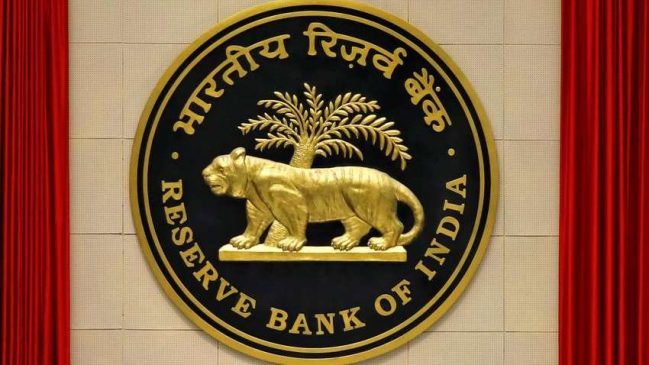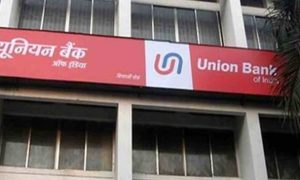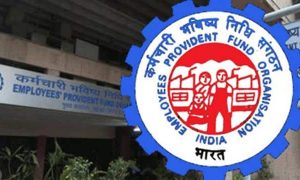The Central-bank led Monetary Policy Committee’s (MPC) out-of-turn repo-rate hike signals policymakers’ urgency to tame rising price pressures and raises the probability of at least another 25 basis-point rate hike next month, economists and analysts told Moneycontrol on May 5.
The MPC, in a surprise move on May 4, hiked the repo rate by 40 basis points to 4.40 percent and increased the Cash Reserve Ratio (CRR) by 50 basis points on concerns over high inflation. A 100 basis point is equal to one percentage point.
The move surprised the financial markets, sending equity markets into a tizzy and the 10-year government bond yield to an over three-year high of 7.45 percent, up from 6.84 percent on March 31.
Inflation was a talking point in the MPC’s April meeting, with members not happy with the way price pressures were headed, in the backdrop of high commodity prices and the escalating tension between Russia and Ukraine. Retail inflation in India is not showing signs of abating. With March’s print at 6.95 percent, over the central bank’s tolerance ceiling, April’s data, too, will unnerve the RBI by staying above 7 percent, according to economists.
Under the current regime, the RBI targets inflation at 4 percent with a tolerance ceiling of two percentage points on either side.
“The surprise move is perhaps instigated by the upcoming April inflation print, which could come in higher than expected; we currently estimate a print of 7.6 percent,” said Abheek Barua, chief economist at HDFC Bank.
“The central bank justified its action as a step to control the second-round impact of inflationary pressures and an effort to anchor inflation expectations,” he said.
‘Three more hikes expected’
Barua expects three more rate hikes in this fiscal year which started on April 1, with the repo rate likely to end the year at 5.15 percent.
The off-cycle policy announcement also led to experts questioning its timing. In the April policy, the MPC had the March print and inflation expectations have not materially changed. Macroeconomic risks, including the Russia-Ukraine crisis and the US Federal Reserve’s aggressive rate hikes, were already anticipated.
According to economists, the RBI probably wanted to prepare the market in terms of normalising policy and wanted to do so only after effective communication. In fact, MPC member Jayanth Varma, in the minutes of the panel’s April meeting, had said that it was “imperative” for the MPC to communicate its resolve to ensure that inflation remains within the target, going forward.
Read More: RBI’s sudden repo rate hike! Here are 4 major areas that will affect the common man
“While they could have front-loaded the hikes in April itself, we think the MPC was constrained by their own language in February where they stated the need to telegraph their action well before,” said Madhavi Arora, lead economist at Emkay Global.
“The May policy only gave them that platform to telegraph. We see June policy to be live as well, and MPC may frontload rates by another 25 bps,” Arora added.
According to Suvodeep Rakshit, Senior Economist at Kotak Institutional Equities, the off-cycle rate hike should be seen as a “remedial action” to acknowledge failure to adhere to inflation targets.
“We continue to expect additional consecutive repo-rate hikes of 75 to 100 bps in this financial year, including a 25 bps hike in June, contingent on inflation moving towards the 4.5-to-5 percent mark by year-end, with the quantum of hikes increasing if inflation remains near 6 percent,” Rakshit said.
Fed signals
The RBI’s move preceded that of the US Federal Reserve, probably to further prevent a flight of capital from emerging markets, especially from India. Flight of capital refers to a phenomenon when foreign investors withdraw investments from a country’s capital markets due to negative monetary and fiscal policy. Now, given that the Fed is embarking on a rate hike trajectory, the RBI could have been behind the curve if it stayed put.
Rightly so, the Fed, in an expected move on May 4, hiked the benchmark lending rate by 50 basis points, in what is being viewed as the sharpest increase in over two decades. The increase in the Fed’s key rate raised it to a range of 0.75 percent to 1 percent, the highest point since the pandemic struck two years ago. The half-point surge, the most aggressive since 2000, suggested that further large rate hikes are likely to come.
“The RBI regained its credibility from being behind the curve for long,” said Kunal Kumar Kundu, India economist at Societe Generale. “Our fear of inflation expectation getting unanchored due to delayed action is likely to ebb now as more rate hikes ought to be in the offing.”





































